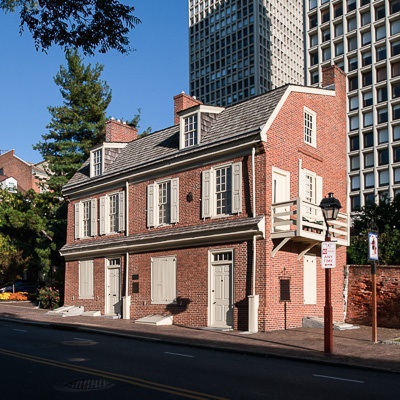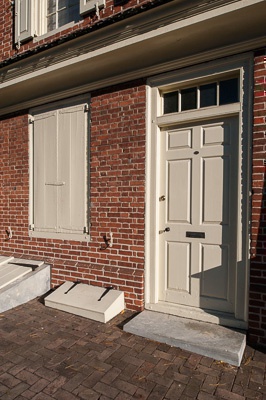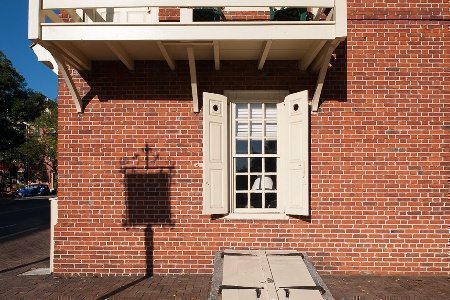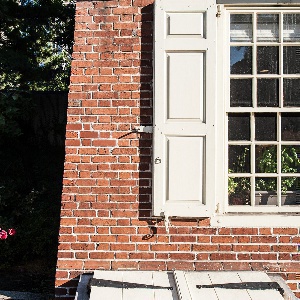Exterior
5/5
Interior
3/5
Site
1/5
History
5/5
Overall
4/5
One of the last remaining artifacts of Philadelphia’s 18th Century thriving seaport. The MFOT is also a rare reminder of how the “other” 90% of the population lived.



